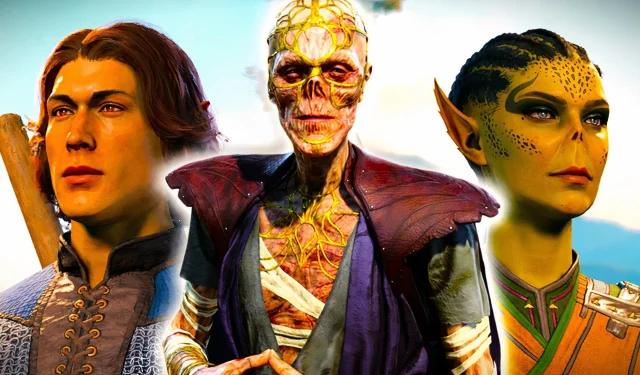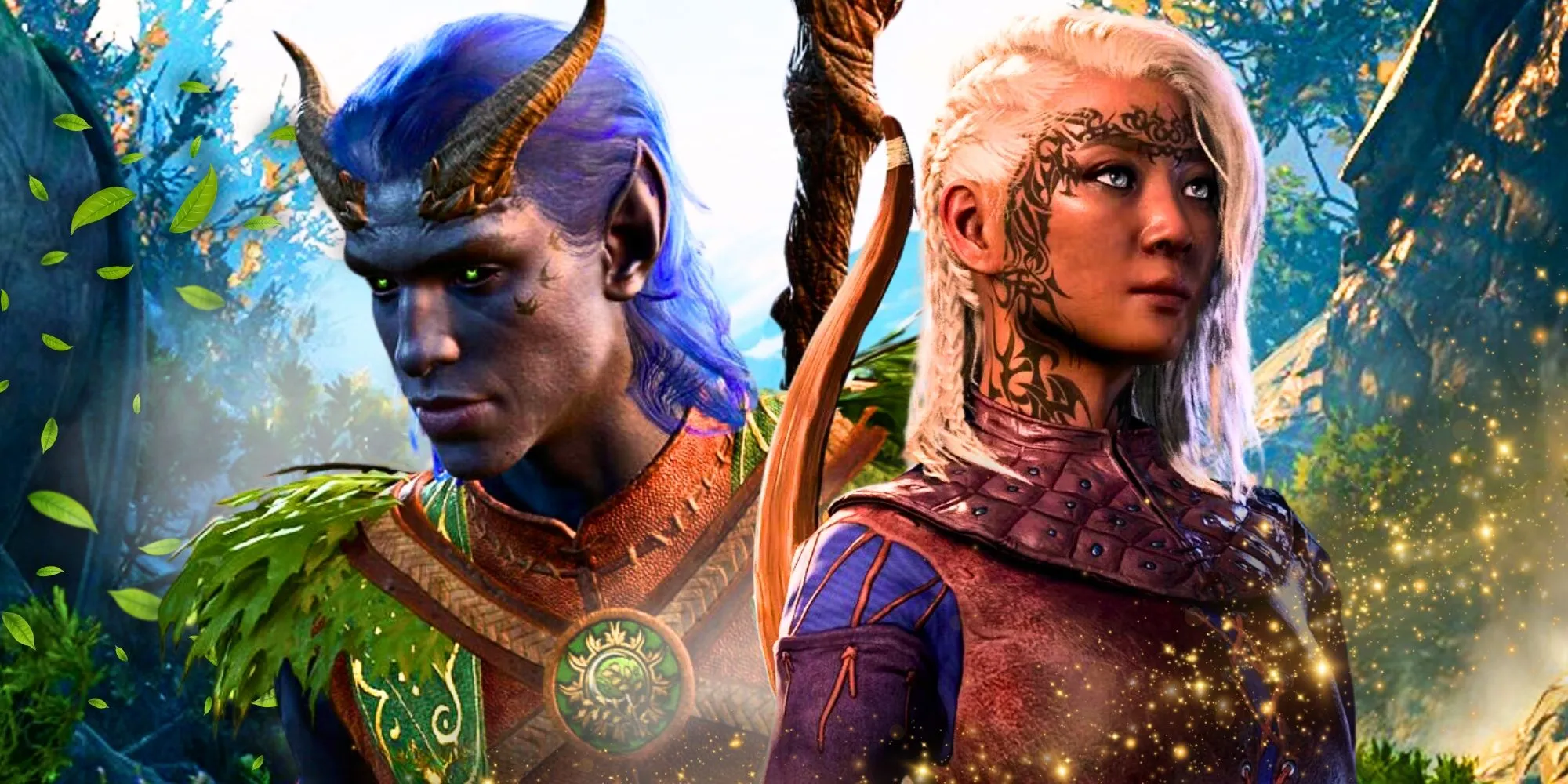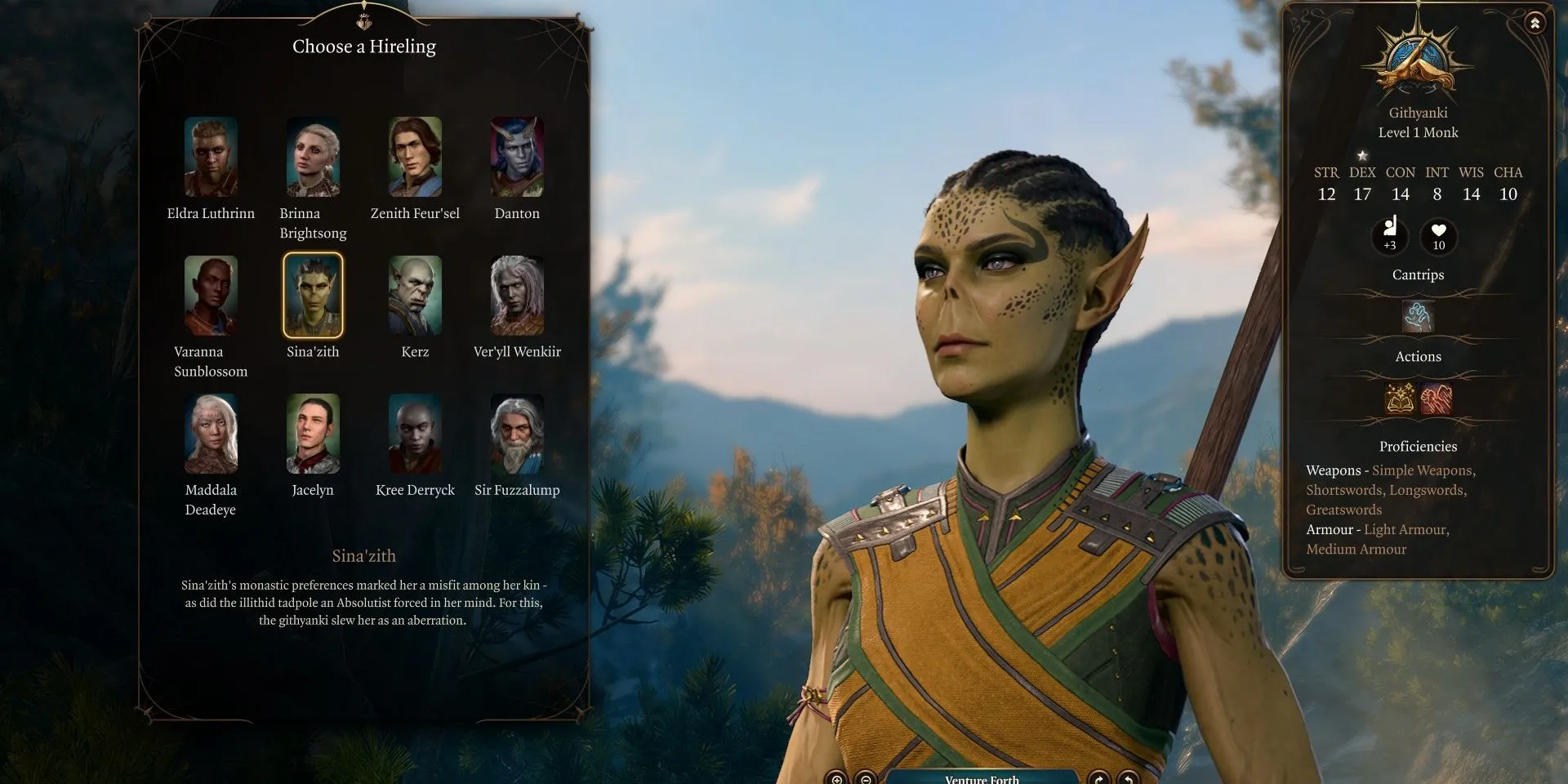
The characters in Baldur’s Gate 3 weave together numerous narrative threads, intricately linking to both the game’s main plot and the expansive lore of Dungeons & Dragons’ Forgotten Realms. From the very beginning, players are introduced to Karlach, who emerges from the turbulent backdrop of the Blood War, and Gale, a favored servant of the goddess of magic. Surprisingly, it is not merely the principal companions who provide insights into the enchanting realm of Faerûn.
Hirelings, while often overlooked, offer an intriguing gameplay mechanic in Baldur’s Gate 3. Though not essential to advancement, they serve to enhance the gaming experience by allowing players to optimize their party dynamics. Even these seemingly trivial characters, who lack well-defined personalities, enrich the overarching narrative.
Hirelings Are Re-Animated Souls Through Withers
Withers’ Unconventional Recruitment Method
Watch Here
In the universe of Baldur’s Gate 3, hirelings can be summoned to fill available companion slots. Players have ingeniously employed these hirelings for various roles such as consistent support characters who help conserve spell slots, filling in for companions who may depart, or even avoiding negative reactions from companions. Notably, though, a measly 17.9% of players have achieved the Steam accomplishment titled ‘Outsourcing’, which is awarded upon acquiring a hireling.
Each hireling boasts a backstory often tied to their demise at the hands of the Absolute’s followers—some even having been devotees themselves, which did not spare them from tragedy. Within the game lore, there are hints suggesting that Withers may actually be Jergal, Faerûn’s original god of death. Known for his dominion over the undead, Jergal easily fits into the narrative with Dungeons & Dragons’ theme of Death domain clerics, who focus on necromancy. Consequently, every hireling summoned by Withers is a vessel animated after their death prior to the game’s events.
In his interaction with players, Jergal refers to himself as the “humble scribe.”This, coupled with his unusually ancient speech patterns and his spectral appearance, has led many fans to theorize that Withers is indeed the retired death deity. Although hirelings occasionally fill in as Tav during rare dialogue moments, when players engage them, it becomes evident that they are conversing with Withers rather than the hireling themselves. As showcased in a video by Ferzen, the distinct manner of his speech makes it clear that he is manipulating these hirelings purely as tools to assist the player.
Zenith Feur’sel: Offspring of a Companion from Baldur’s Gate 1
Mental Connections to Xan from the Original Baldur’s Gate

For those familiar with earlier titles, the hireling Zenith Feur’sel—a High Elf cleric devoted to Selune—offers a nostalgic link to the past. Described as having once been an optimistic Evereskan Graycloak, his story states: “Zenith, once an optimistic Evereskan Graycloak, journeyed to Faerûn in search of a new sunrise. An Absolute warband proved his dour father right: Zenith was doomed!”This echoes the character Xan from the first Baldur’s Gate, a fellow Graycloak well-known for his catchphrase: “We’re all doomed!”
The callbacks to Xan don’t stop there. Depending on the outcome of Lae’zel’s storyline, if she survives Vlaakith’s influence and receives the Githyanki egg from the Crèche in Act One, she names the hatchling “Xan”symbolizing “Freedom.”Moreover, if she appears as an Astral Projection, she will mention that the hatchling is in the care of the mages of Xamvadi’m, which is noteworthy given that the original Xan was also a mage.
The character of Xan was originally conceived as a Gith fighter, crafted by Ben Smedstad during pen-and-paper games before being evolved for Baldur’s Gate. The linking of the hatchling to both iterations of Xan showcases a charming homage. While he may not appear as prominently as classic characters like Minsc, Jaheira, or Viconia, references to the elven Xan persist throughout Baldur’s Gate 3, including dialogue from Jaheria reminiscing about her experiences with him and literary nods like the book One Night in Nashkel.
Sina’zith’s Narrative Reveals the Lesser-Known Aspects of Gith Culture
Highlighting the Githyanki’s Hostility Through Sina’zith

Sina’zith serves as a githyanki monk hireling whose storyline subtly contrasts with Lae’zel’s portrayal of gith society. The lore within Dungeons & Dragons differentiates between two main gith factions: the githyanki, who actively pursue and annihilate mindflayers, and the githzerai, who aim to rebuild and reform after their servitude.
Within her narrative, it’s mentioned that “her monastic preferences marked her as a misfit among her kin – as did the illithid tadpole an Absolutist forced in her mind.”This insight into her character showcases the rift within gith culture, where the githzerai typically embrace monastic traditions that the githyanki disdain. Their long-standing enmity reaches back to their split, influencing how they raise their offspring to regard each other’s ways with contempt—hence why Sina’zith’s narrative of alienation stands out.
While Baldur’s Gate 3 primarily centers on the githyanki perspective, Sina’zith’s inclusion provides a glimpse into the broader dynamics of gith culture, suggesting that perhaps, deep down, the two factions share more similarities than their historical animosity would imply. The backdrop of Crèche Y’llek, located near the site of an ancient monastery where githyanki once slaughtered its monks, further enhances this complex narrative.
Source: Verses/YouTube




Leave a Reply ▼